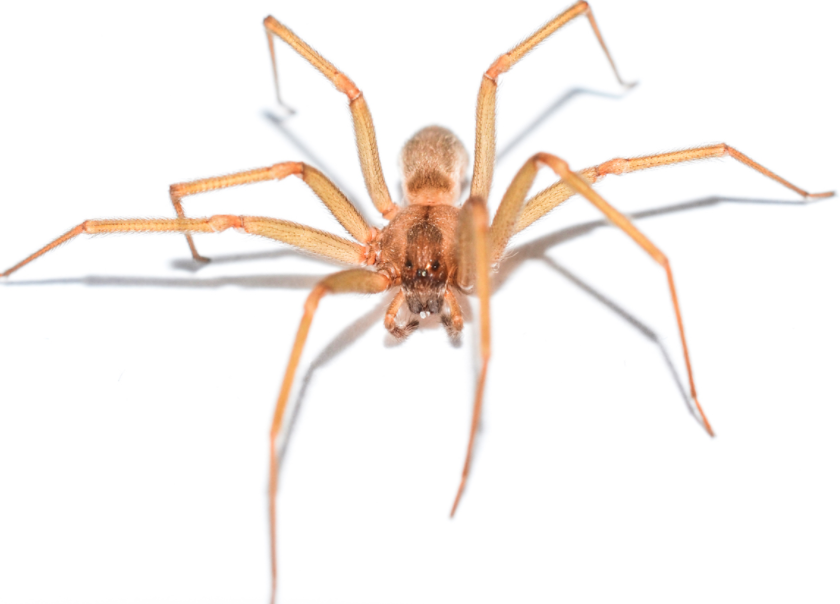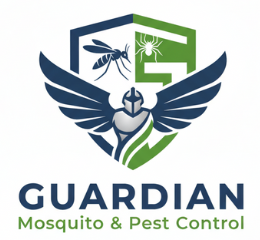
Battling the Texas Pest Brigade: How Bed Bug Texas Termite & Pest Control Keeps Your Home Safe
Texas, with its diverse climate and sprawling landscapes, is a breeding ground for a wide array of pests. From the swarming hordes of mosquitoes in the humid summer to the silent destruction of termites and the unsettling creepiness of cockroaches, unwanted invaders can quickly turn the comfort and safety of your Texas home into a source of stress and potential danger. Understanding the common types of pests in Texas, their life cycles, preferred habitats, and potential for rapid population growth is the first crucial step in effective pest management.
At Bed Bug Texas Termite & Pest Control, we are your local Texas experts, dedicated to providing comprehensive, safe, and effective General Pest Control Services. We recognize the unique challenges posed by the diverse pest population in our state and are committed to keeping their numbers in check, ensuring your home remains a safe and healthy haven for your family.
The Texas Pest Pantheon: Common Invaders and Their Characteristics
Texas plays host to a vast array of pests, each with its own set of behaviors and potential impact on your home:
- Termites: These silent destroyers are a major concern for Texas homeowners. Subterranean termites, the most common type, live in underground colonies and feed on cellulose found in wood, paper, and other plant materials. Their colonies can grow to millions, and their feeding can cause significant structural damage before they are even detected.
- Cockroaches: Several types of roaches in Texas, including the American cockroach (large and reddish-brown), German cockroach (small and tan), and Oriental cockroach (shiny black). They are nocturnal scavengers that contaminate food, spread disease-causing pathogens, and trigger allergies. Their rapid reproduction rates can lead to quick infestations.
- Mosquitoes: The bane of outdoor activities in Texas, mosquitoes are not only a nuisance with their itchy bites but also vectors for serious diseases like West Nile virus and Zika virus. Their life cycle involves aquatic larvae, and they breed in standing water, making proper drainage crucial for control.
- Ants: As detailed in our previous blog, Texas is home to numerous ant species, including the aggressive Red Imported Fire Ant, wood-damaging Carpenter Ants, and persistent Pharaoh Ants. Each species has its own life cycle, habitat preferences, and potential for large colony sizes.
- Rodents (Rats & Mice): These adaptable mammals can infest homes in search of food and shelter. They can contaminate food, spread diseases, cause damage by gnawing on wires and structures, and reproduce rapidly, leading to significant infestations.
- Spiders: While most Texas spiders are harmless, some, like the Black Widow and Brown Recluse, possess venomous bites. Understanding their habitat preferences (dark, secluded areas) can help in prevention and control.
- Fleas & Ticks: These external parasites are a common concern for pet owners in Texas. Fleas feed on blood and can cause itchy bites, while ticks can transmit serious diseases like Lyme disease and Rocky Mountain spotted fever. Their life cycles involve eggs, larvae, pupae, and adults, often requiring comprehensive treatment of both pets and their environment.
- Bed Bugs: As their name suggests, these nocturnal pests feed on human blood, typically while you sleep. They are excellent hitchhikers, easily spreading through luggage and used furniture. Their populations can explode quickly, leading to itchy bites and significant discomfort.
The Intricate Life Cycle: Understanding Pest Development
Most of these Texas pests undergo complete or incomplete metamorphosis, influencing the most effective control strategies:
- Complete Metamorphosis (Egg, Larva, Pupa, Adult): Termites, ants, fleas, and some beetles follow this four-stage cycle. The larval and pupal stages often have different food sources and habitats than the adults, requiring targeted treatments for each stage.
- Incomplete Metamorphosis (Egg, Nymph, Adult): Cockroaches, bed bugs, and some other insects go through this three-stage cycle. Nymphs resemble smaller versions of the adults and often share similar food sources and habitats, but they molt several times as they grow.
Understanding the duration of each life cycle stage and the reproductive potential of each pest is crucial for implementing timely and effective control measures. For instance, targeting mosquito larvae in standing water can prevent large adult populations from emerging.
Habitat Havens: Where Texas Pests Thrive
Each pest species has its preferred habitat, and understanding these preferences is key to prevention and targeted control:
- Termites: Live in underground colonies with intricate tunnel systems, accessing wood in contact with the soil or through mud tubes.
- Cockroaches: Prefer warm, humid environments with readily available food and water sources, often found in kitchens, bathrooms, and basements.
- Mosquitoes: Breed in stagnant water found in containers, puddles, and poorly draining areas. Adults often rest in vegetation.
- Ants: Nest in diverse locations depending on the species, including soil, wood, leaf litter, and within the walls of homes.
- Rodents: Seek shelter in dark, secluded areas like attics, basements, wall voids, and under appliances, often near food sources.
- Spiders: Build webs in various locations depending on the species, or hunt in dark, undisturbed areas.
- Fleas & Ticks: Live on host animals (pets, wildlife) and in their environments, such as carpets, bedding, and outdoor vegetation.
- Bed Bugs: Hide in cracks and crevices near sleeping areas, including mattresses, box springs, headboards, and furniture seams.
Identifying and modifying these habitats is a crucial component of integrated pest management.
Population Dynamics: The Potential for Rapid Infestations
Many Texas pests are prolific breeders, capable of rapid population growth that can quickly overwhelm a home:
- Cockroaches: Can produce numerous offspring several times a year, leading to exponential increases in their numbers.
- Rodents: Breed frequently, with short gestation periods, allowing for rapid colonization of a property.
- Fleas & Bed Bugs: Females can lay dozens to hundreds of eggs in their lifetime, leading to quick and widespread infestations.
- Ants (especially fire ants and Argentine ants): Can form massive colonies with multiple queens, leading to rapid expansion and difficulty in eradication.
Understanding this reproductive potential underscores the importance of early detection and professional intervention to prevent minor infestations from becoming major problems.
Bed Bug Texas Termite & Pest Control: Your Proactive Partner in Pest Population Control
At Bed Bug Texas Termite & Pest Control, we understand the unique challenges posed by the diverse pest population in Texas. Our approach goes beyond simply eliminating existing pests; we focus on long-term prevention and sustainable control by employing Integrated Pest Management (IPM) strategies:
- Accurate Identification: Our trained and certified technicians are experts at identifying the specific pest species affecting your Texas home. This accurate identification is crucial for developing targeted and effective treatment plans.
- Comprehensive Inspection: We conduct thorough inspections to identify all active infestations, locate nesting sites, and pinpoint conducive conditions that may be attracting pests to your property.
- Tailored Treatment Strategies: Based on our findings, we develop customized treatment plans that address the specific pest, its life cycle, habitat, and population dynamics. This may involve a combination of non-chemical methods (e.g., exclusion, sanitation recommendations, trapping) and the judicious application of EPA-approved, professional-grade pesticides.
- Targeted Product Application: We prioritize the safe and responsible application of pest control products, focusing on areas where pests are active and minimizing exposure to your family and pets.
- Addressing the Root Cause: Our treatments aim to eliminate pest colonies and disrupt their life cycles, preventing future infestations rather than just providing temporary relief. For termites, this may involve soil treatments and baiting systems. For cockroaches and rodents, it includes eliminating harborage areas and food sources. For bed bugs, it may involve heat treatments or targeted insecticide applications.
- Preventative Measures and Expert Advice: We provide valuable recommendations to Texas homeowners on how to prevent future pest problems by sealing entry points, improving sanitation, managing moisture, and modifying landscaping practices.
- Ongoing Monitoring and Follow-Up: We offer follow-up services to monitor the effectiveness of our treatments and make any necessary adjustments to ensure long-term pest control 1 and prevent population rebounds.
- Continuous Training and Local Expertise: Our team is committed to ongoing training to stay up-to-date on the latest pest control techniques, product advancements, and the specific behaviors of Texas pests. As your local experts, we understand the unique pest pressures in our region and tailor our services accordingly.
Don’t let the diverse and resilient pest population of Texas take over your home. Trust the expertise and commitment of Bed Bug Texas Termite & Pest Control to provide you with comprehensive and effective General Pest Control Services. We are your proactive partner in keeping pest populations in check, ensuring a safe, healthy, and comfortable living environment for your family. Contact us today for a consultation and take the first step towards a pest-free Texas home!
